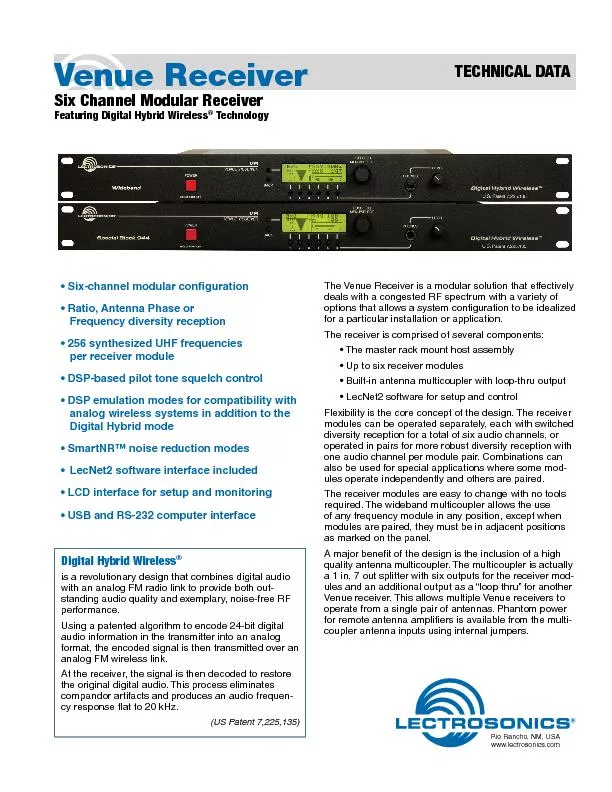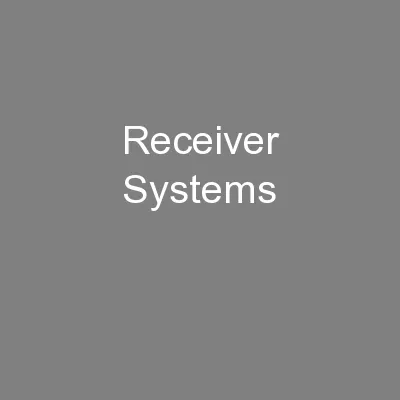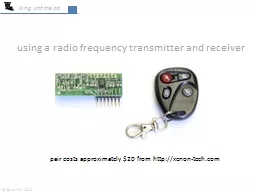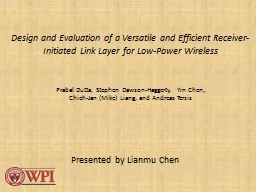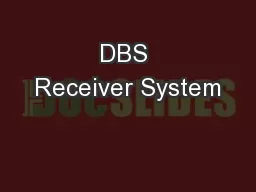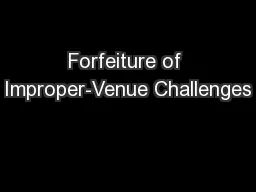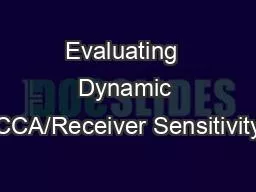PDF-Venue Receiver Technology TECHNICAL DATARio Rancho, NM, USAwww.lectros
Author : kittie-lecroy | Published Date : 2016-08-21
149 Sixchannel modular conguration149 Ratio Antenna Phase or Frequency diversity reception149 256 synthesized UHF frequencies 149 DSPbased pilot tone squelch control149
Presentation Embed Code
Download Presentation
Download Presentation The PPT/PDF document "Venue Receiver Technology TECHNICAL DATA..." is the property of its rightful owner. Permission is granted to download and print the materials on this website for personal, non-commercial use only, and to display it on your personal computer provided you do not modify the materials and that you retain all copyright notices contained in the materials. By downloading content from our website, you accept the terms of this agreement.
Venue Receiver Technology TECHNICAL DATARio Rancho, NM, USAwww.lectros: Transcript
Download Rules Of Document
"Venue Receiver Technology TECHNICAL DATARio Rancho, NM, USAwww.lectros"The content belongs to its owner. You may download and print it for personal use, without modification, and keep all copyright notices. By downloading, you agree to these terms.
Related Documents

